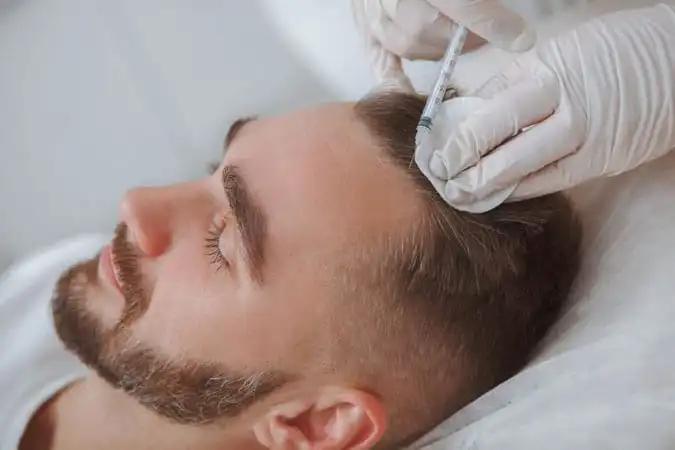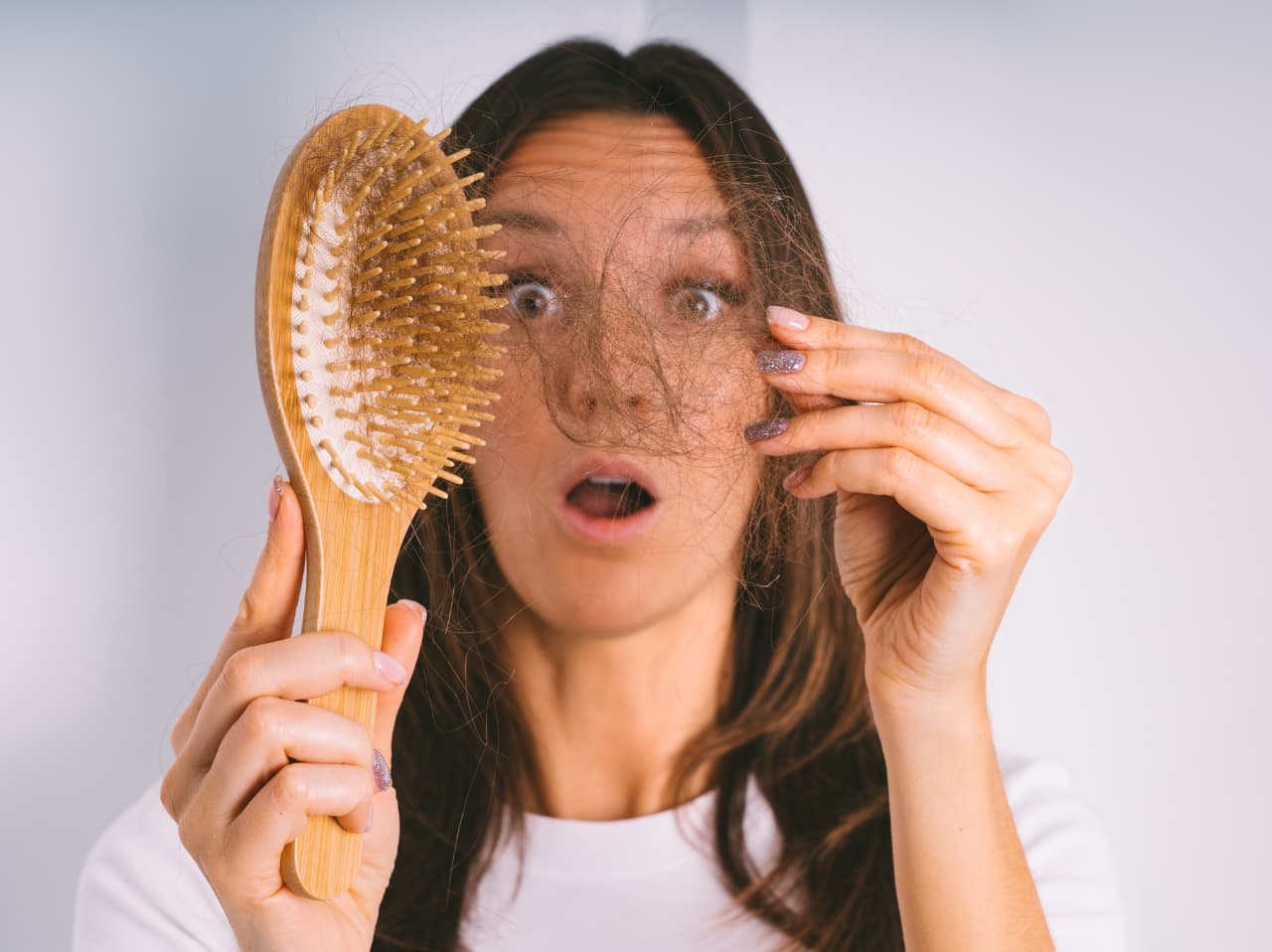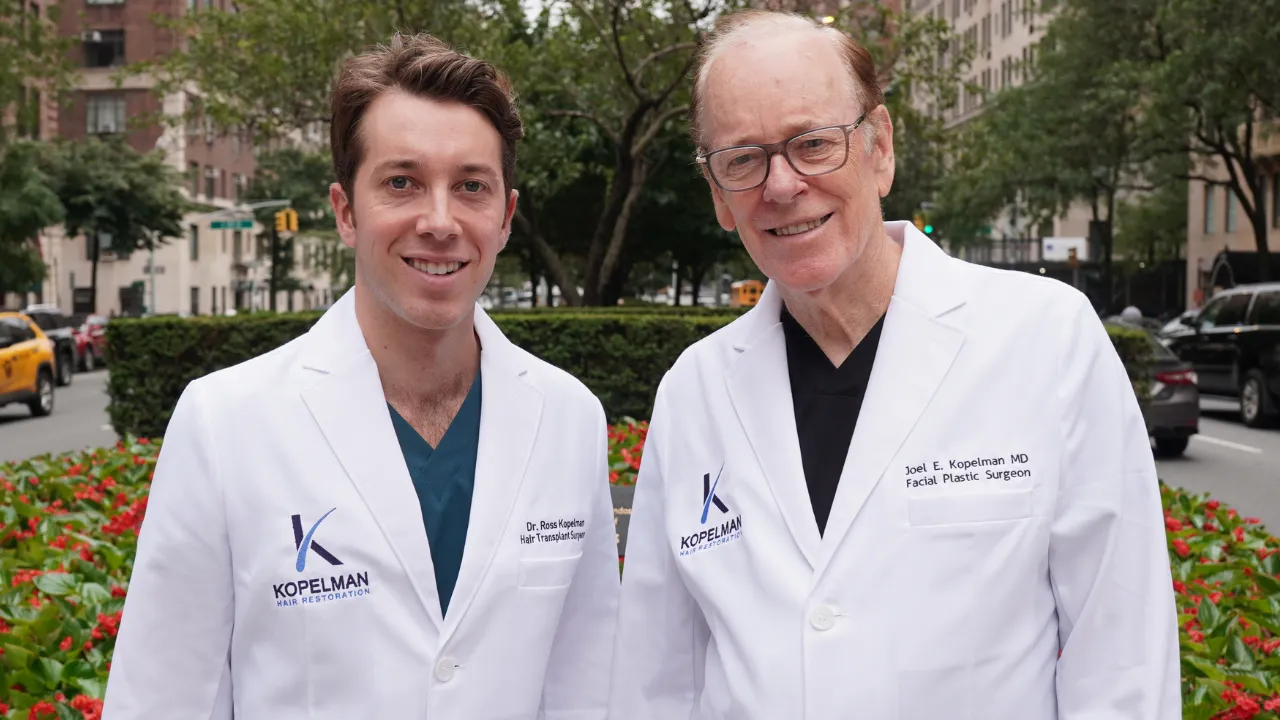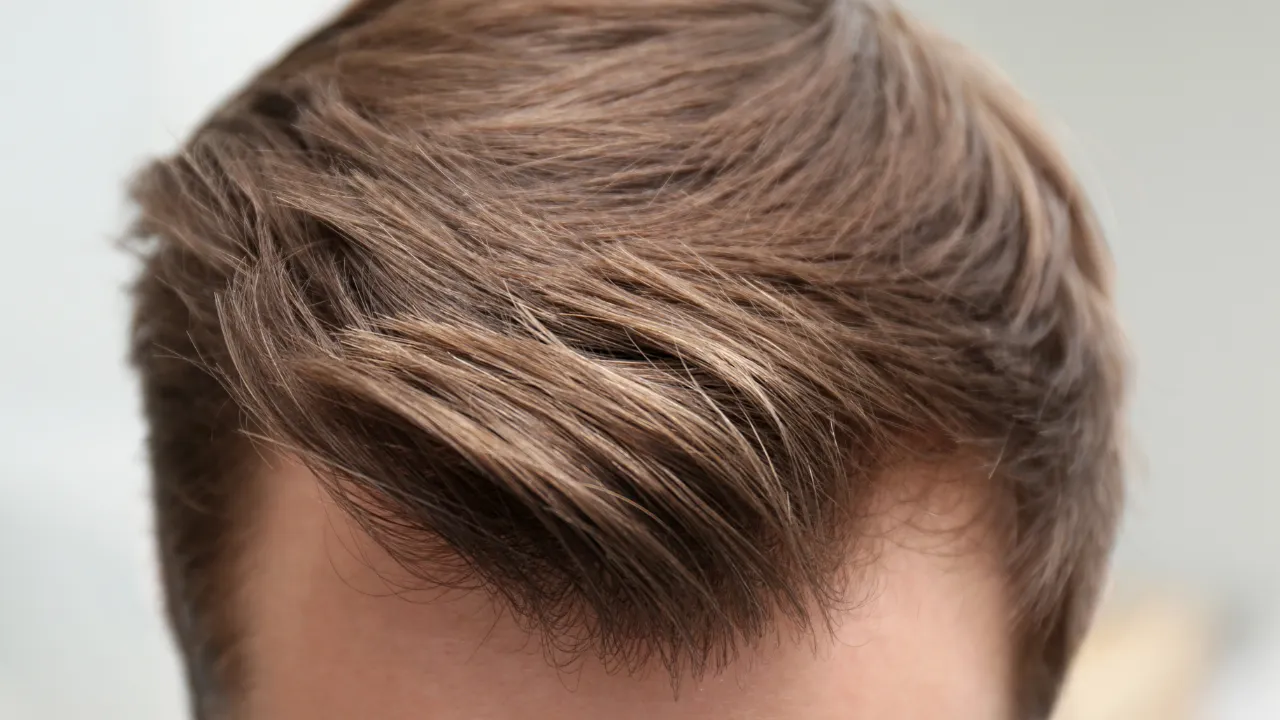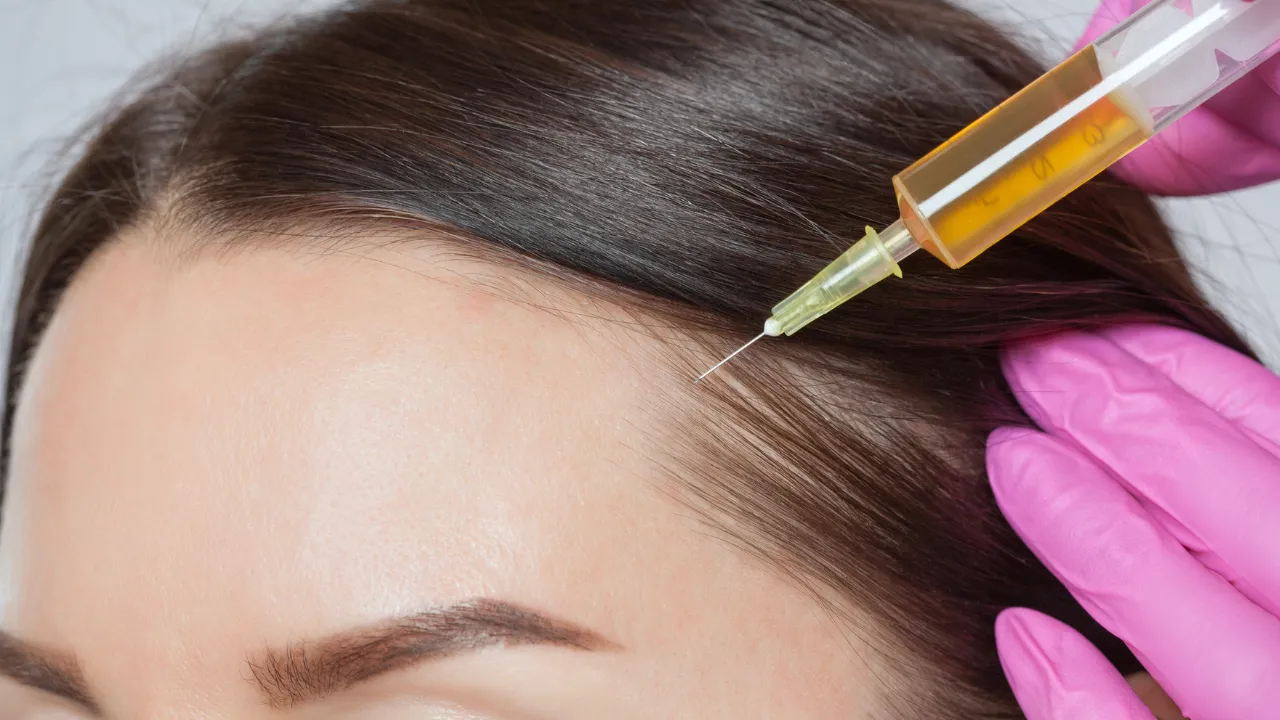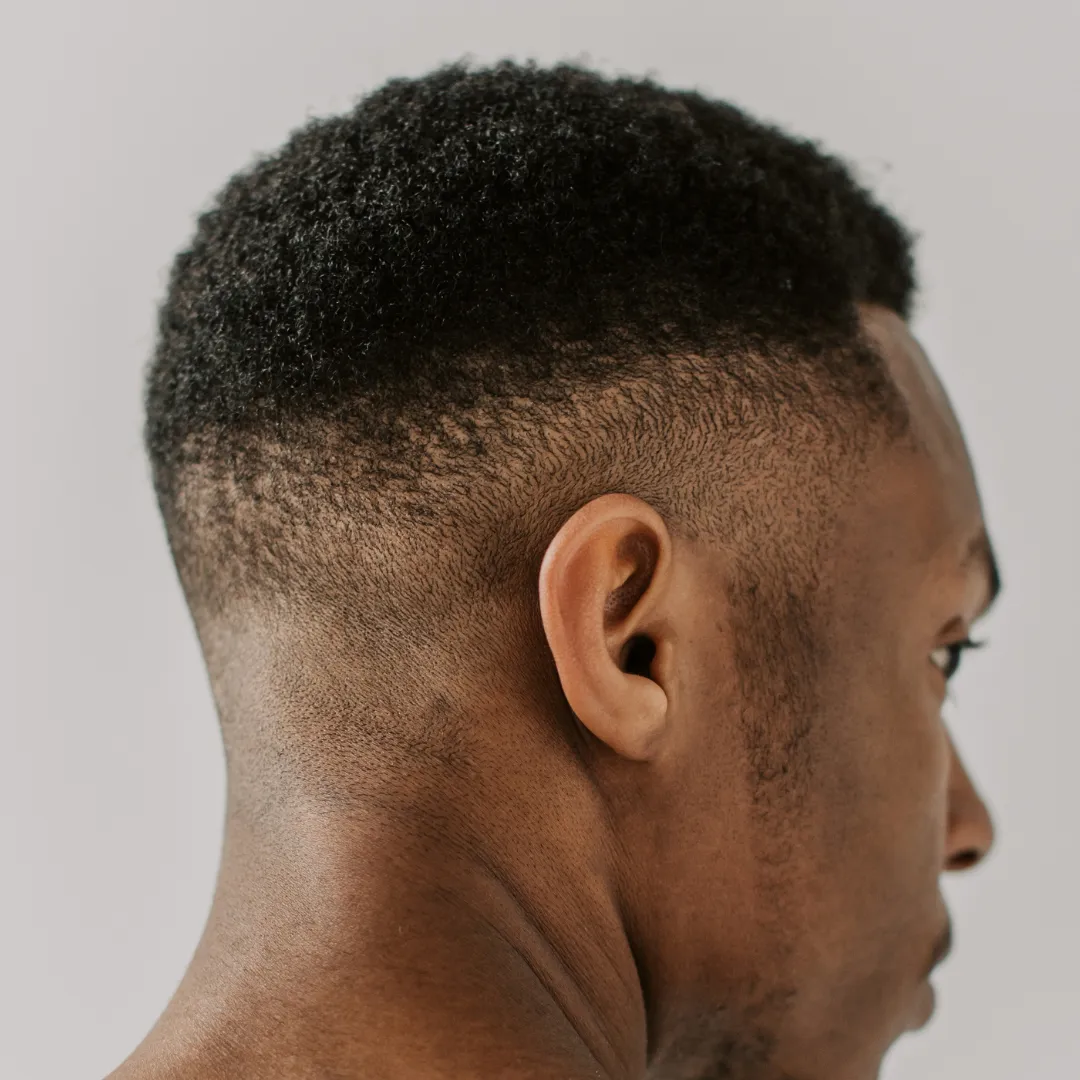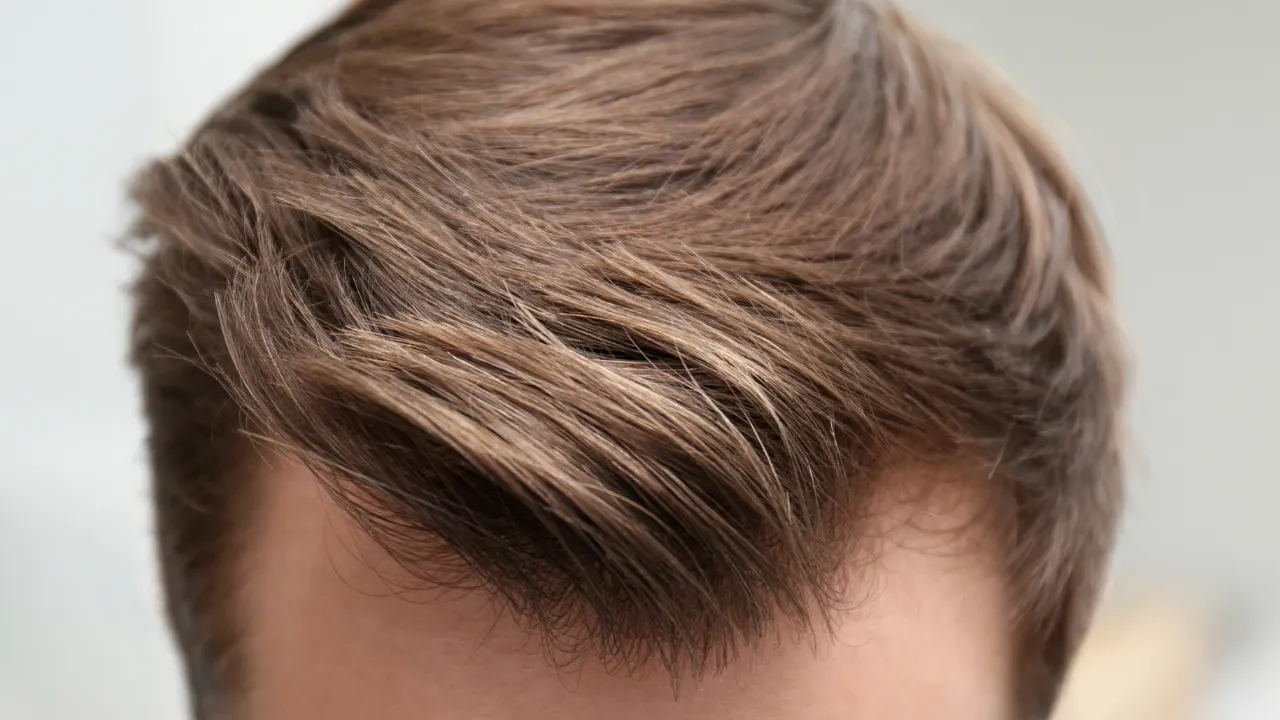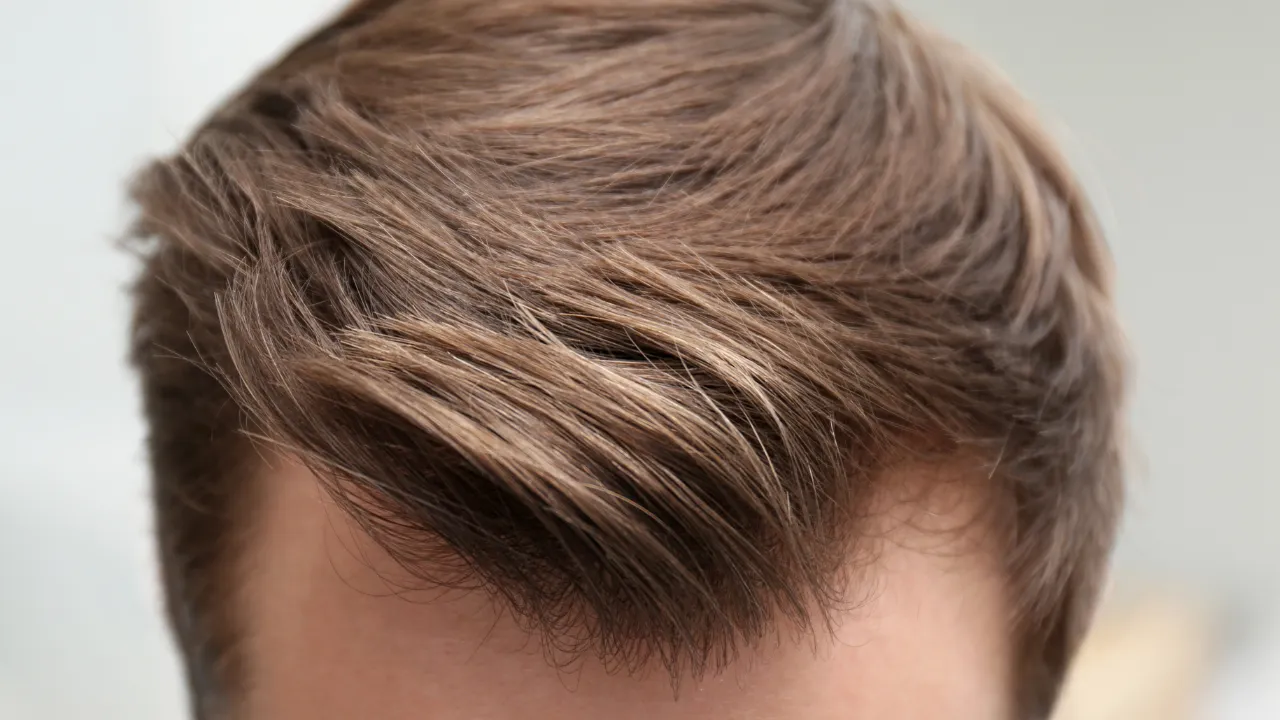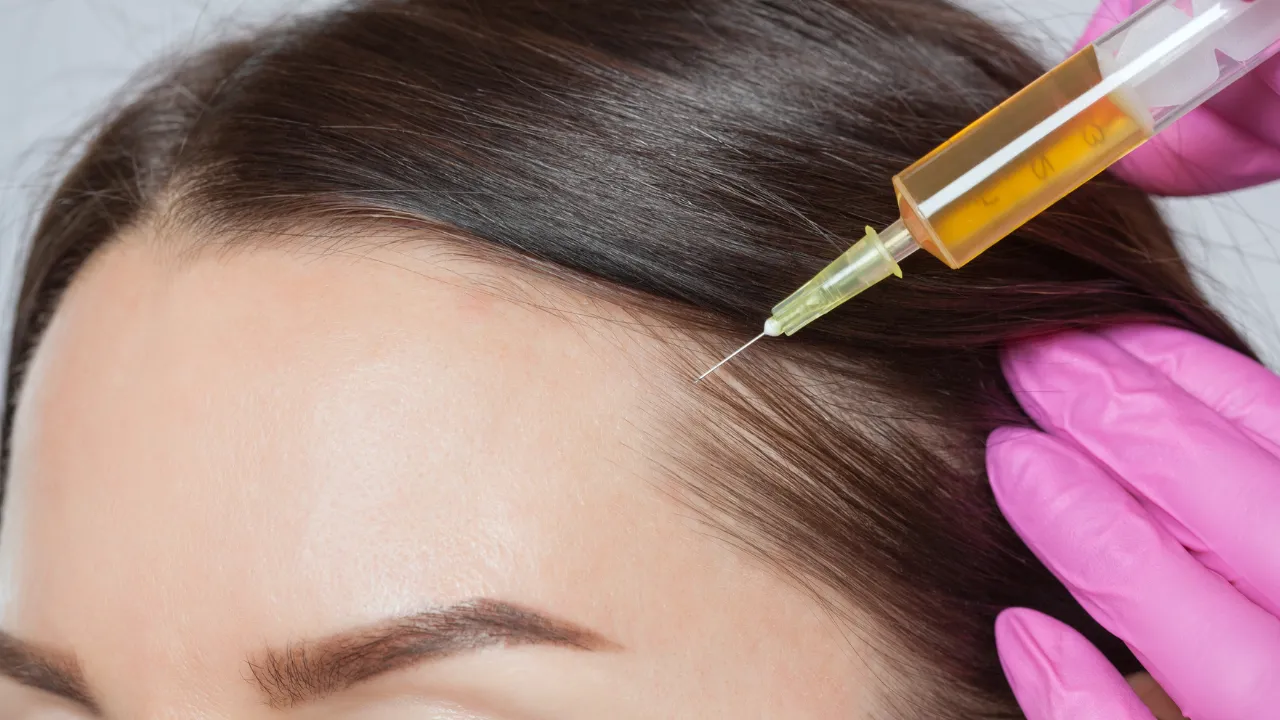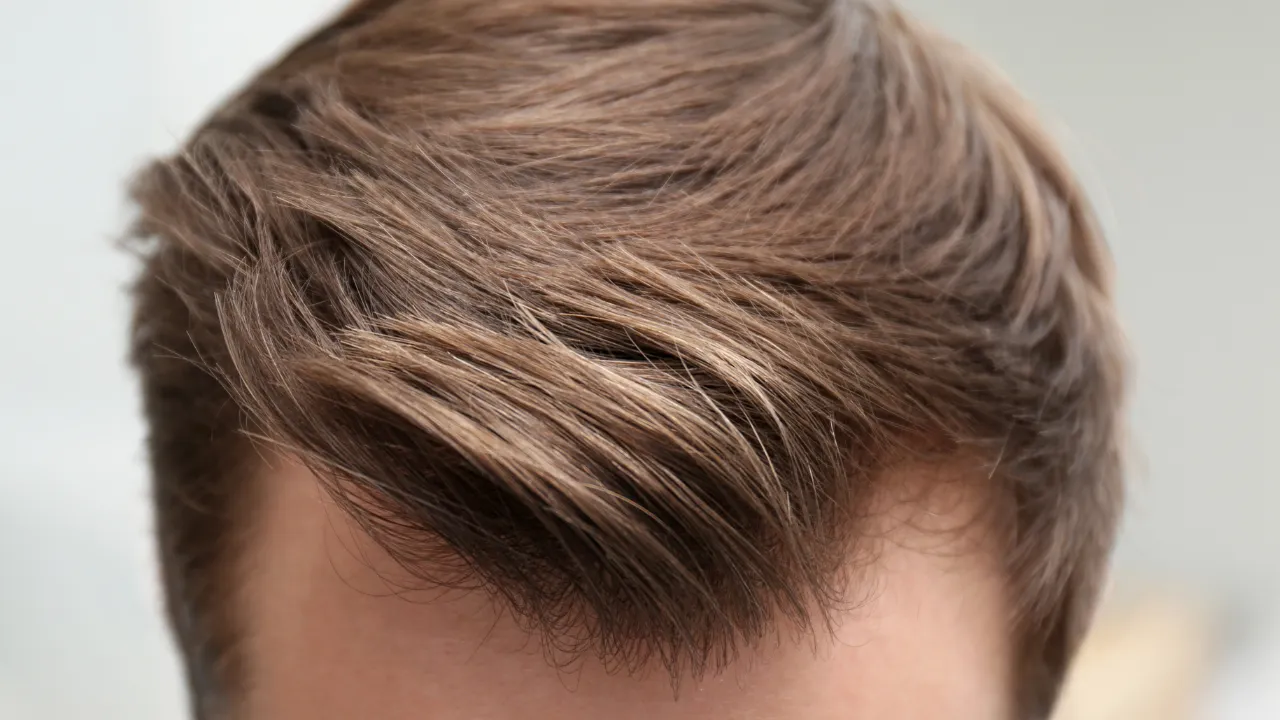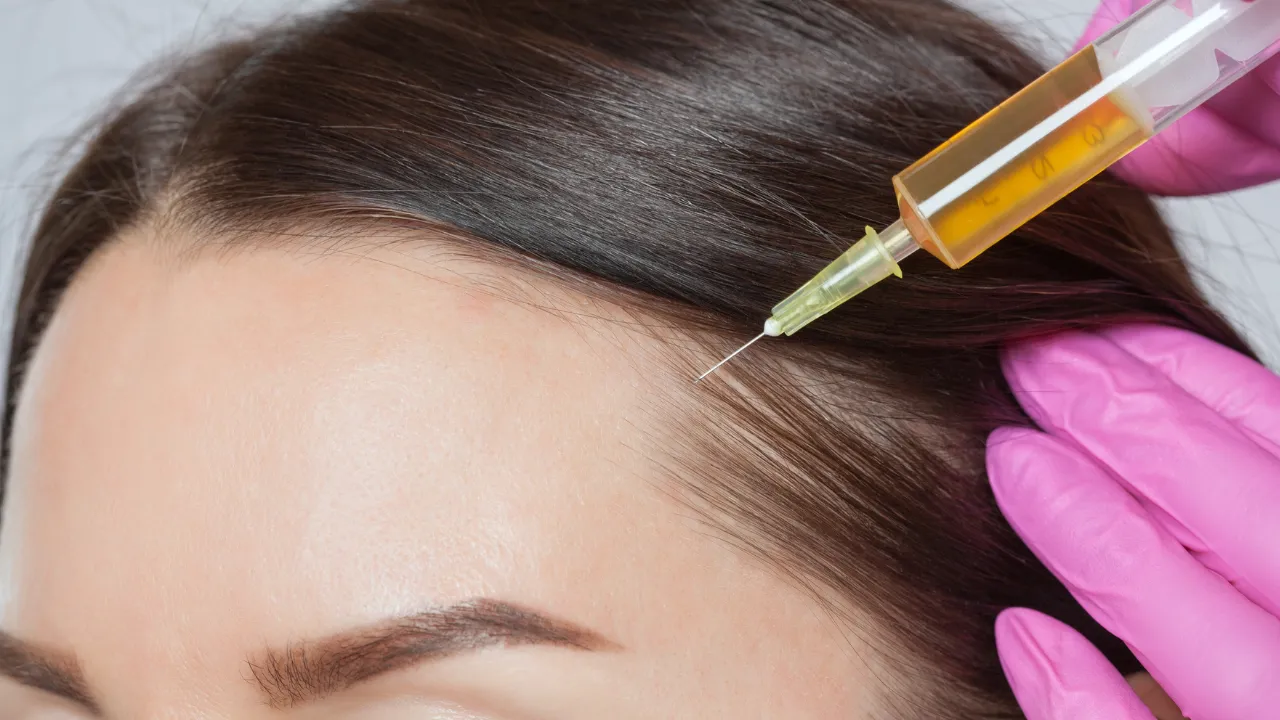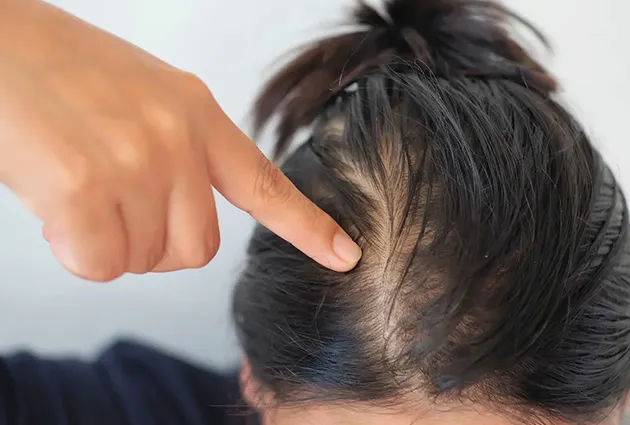Table of Contents
ToggleAt Kopelman Hair, we specialize in personalized treatments designed to restore confidence and a youthful appearance. One solution gaining attention is platelet rich plasma for alopecia, a regenerative option for those with thinning hair or hair loss. But does it actually work? Let’s explore what research, patient feedback, and medical expertise say.
Understanding PRP Treatment for Hair
How PRP is Done
PRP is derived from your own blood. After a quick blood draw, the sample is spun in a centrifuge to separate red blood cells and concentrate the platelet-rich layer. This plasma contains a high platelet count and growth factors that support wound healing and tissue repair.
This platelet rich plasma therapy is injected into targeted areas of the scalp to promote hair growth by stimulating hair growth at the follicular level. Since PRP comes from your body, the risk of reactions at the injection site is low. You can learn more about how we apply PRP hair treatment in Miami here.
What Makes PRP Different from Other Options
Unlike many traditional hair loss treatments, PRP treatment for hair relies on your body’s natural regenerative capacity. It avoids synthetic medications and doesn’t involve plastic surgery, making it a minimally invasive treatment for hair loss.
For those comparing options, mesotherapy vs PRP is a common debate. Each has its place in hair restoration, but PRP may offer deeper follicular stimulation.
To improve outcomes, PRP can also be paired with microneedling, stem cell therapies, or topicals. Its flexibility and natural approach make it a strong alternative to more invasive options.
How PRP Helps Different Types of Alopecia
PRP for Androgenetic Alopecia
This common form of hair loss—also known as male pattern baldness—responds well to PRP. The treatment can regrow hair by nourishing follicles and encouraging better blood flow to the scalp.
Alopecia Areata: PRP Therapy Insights
Alopecia areata causes patchy hair loss due to an autoimmune response. Platelet rich plasma for alopecia areata may help reduce inflammation and stimulate regrowth.
Early findings suggest PRP injections are especially useful for targeting localized patches. Some studies show that PRP helps patients regrow hair in these regions by improving follicular health and circulation. For a deeper look at the science, visit our overview on PRP plasma for hair loss.
Effectiveness and Success Rates
Does PRP Work for Alopecia? Success Rates & Results
But does PRP work for hair loss across all types? Research indicates that while results vary, many patients see visible improvements within three to six months, especially when treatments are consistent.
Real Reviews and Patient Outcomes
At Kopelman Hair, many patients report less shedding and better texture. Several notice fuller coverage in thinning areas. To see real patient journeys, view our PRP before and after gallery here.
Satisfaction is high—especially when PRP is part of a complete hair restoration plan guided by Dr. Kopelman.
Benefits, Risks, and Suitability
Why PRP Is Popular for Thinning Hair
PRP for thinning hair is minimally invasive and requires no downtime. Because it uses your own blood, side effects are rare. It works well alone or with other therapies, making it widely accessible.
Side Effects and Who Should Avoid PRP
Most side effects are mild, such as temporary swelling or redness. These fade within a day or two. However, PRP isn’t recommended for patients with bleeding issues, infections, or certain autoimmune conditions. A consultation is needed to assess eligibility.
Cost, Results, and Insurance Coverage
3-Month PRP Results: Before and After
By month three, patients often notice less hair shedding and better density. Before-and-after images usually show clearer hairlines and improved texture. Ongoing sessions help maintain progress.
How Long Does PRP Last?
While not permanent, PRP results can last several months. Many patients return every 4 to 6 months for maintenance. Lifestyle and overall health can influence the duration of benefits.
How Much Does It Cost?
Costs range from $500 to $1,500 per session depending on the clinic and region. At Kopelman Hair, we provide customized plans to match your goals. Though not cheap, PRP is more affordable than surgery and delivers natural-looking results.
Is It Covered by Insurance?
PRP for hair loss—does it work? Yes—but insurance usually doesn’t cover it since it’s considered cosmetic. However, HSA funds may be eligible. Be sure to check with your provider and ask about flexible payment plans.
Scientific Evidence and Alternatives
What the Research Says
Research on platelet rich plasma for alopecia shows promising effects. Clinical trials report improvements in hair thickness, density, and follicular activity. While more studies are needed, current data supports PRP as a valuable treatment option.
When to Consider Other Treatments
PRP helps many patients, but it’s not ideal for everyone. People with scarring alopecia or extensive hair loss may benefit more from FUE hair transplants or laser therapy. A consultation with Dr. Kopelman can help you explore the right solution for your goals and hair type.


